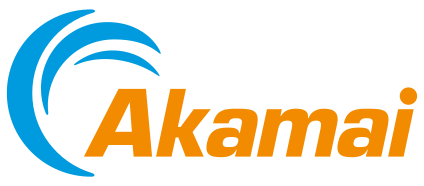10,600+
employees
CASE STUDY

With a small team and thousands of pages to administer, Akamai’s content publishing managers needed a tool that made staying on top of accessibility and quality assurance quick and efficient. Siteimprove’s platform included all the tools they needed . . . a match made in heaven.
10,600+
employees
$3.8B
annual revenue in 2023
1998
year founded
The problem
Founded at the dawn of the Internet Age in 1998, Akamai Technologies is the largest content delivery network in the world and is a top cloud services and security provider.
Six web content publishers were responsible for keeping Akamai’s digital assets error-free, up-to-date, and accessible, no small feat with literally thousands of pages to maintain and hundreds of new pages published every year, not to mention nine languages to wrangle.
Before any team member published an updated or new page, another team member would review it. The sheer volume of work meant that the amount of time spent reviewing pages was too much; the team’s efficiency was compromised daily.
In addition, the web content team was committed to making Akamai’s site digitally accessible, but they lacked the in-house expertise to identify accessibility issues and fix them. And, with a CMS migration to Adobe Experience Manager (AEM) on the horizon, the time was right to double down on changes that would make quality assurance and publishing more efficient.

Our team of six wouldn’t be able to manage a site this large and with this many languages without Siteimprove. I love that it has an extremely wide range of uses. We use it for quality assurance for every update and every new page before it goes live.
Skyler Frink
Senior Manager of Web Content Publishing
The solve
Siteimprove’s comprehensive platform turned out to be the perfect solution to Akamai’s web team challenges. Quality assurance processes were instantly less cumbersome because the team could automatically scan content, from within AEM, for readability, misspellings, missing SEO metadata, 404 errors, color contrast, and other accessibility issues — all before pages were even published.
The Siteimprove plugin for AEM was also transformative when it came to the nerve-wracking process of unpublishing pages that could then cause errors elsewhere on the site. With the plugin, the web content team publishers could see any errors that could result from deleting a page and then archive outdated content with confidence.
Now, accessibility is built into the content process from the get-go, and collaboration with the Akamai’s web content strategy team is far smoother: Everyone involved can see what’s problematic and agree to fixes.
Best of all? Everyone on the team has a better understanding of digital accessibility. Coupled with Siteimprove’s tools, that understanding is key to ensuring that all visitors to Akamai’s site enjoy a smooth user experience.
97/100
QA score
50%
reduction in peer review process time
2,000+
web pages administered